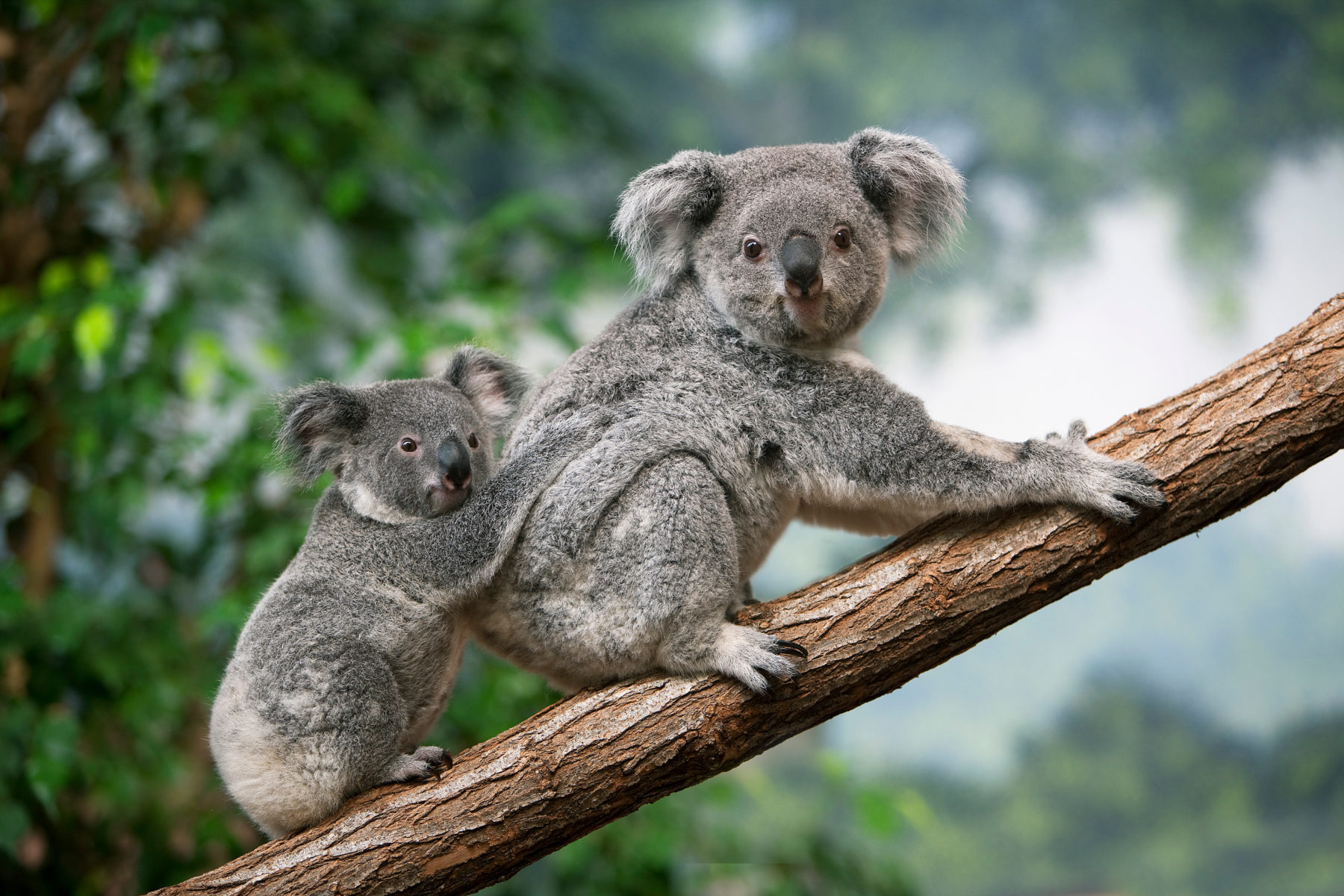John Oliver officially has a koala chlamydia ward named after him

Late night U.S. talk show host John Oliver has had his name linked to a new koala chlamydia ward at the Australia Zoo thanks to Russel Crowe and the Irwin family.
The John Oliver Koala Chlamydia Ward was made possible by the $7000 spent by the host at an auction held last month by Russel Crowe on the jockstrap he wore in the Hollywood movie Cinderella Man.
In last night’s program, John thanked Russel and the Irwin Family for the gesture. “It was a simple goal. It was just three words long. That goal: a koala chlamydia ward,” he said.
“What I’m essentially saying is that we have accomplished everything we set out to do on this show, which means thanks very much everyone but we are f***ing done here.”
And, although we know the joke was in good faith and that koala chlamydia would sound ridiculous to anyone living outside Australia, it’s a serious disease that has a devastating impact on our iconic marsupial.
Some of Australia’s east coast populations have suffered declines of up to 80 per cent between 1996 and 2014.
While there were reports of koala chlamydia dating back to the 1980s, it wasn’t until 2000 that the impacts of the disease on local populations in areas such as south-east Queensland’s ‘Koala Coast’ were fully appreciated.
According to Queensland University of Technology Professor of Immunology, Ken Beagley, a koala chlamydia expert, the dramatic decline isn’t solely due to disease, but also land clearing, dog attacks and road accidents. However, he said, curing or preventing chlamydia would improve the marsupial’s numbers.

What is koala chlamydia?
Ken has been studying the bacterial disease and its effects on koala health since 2007.
There are, he explains, four different types of infection. The first is an ocular form, which often causes conjunctivitis leading to blindness. The second affects the female koala’s reproductive tract, causing large cysts that make breeding impossible. Another is a type of urinary tract infection known as ‘wet bottom’ and lastly Chlamydia can also cause pneumonia.
It’s believed the disease is sexually transmitted, however some studies have suggested it might be transferred from mother to young or that the eye infection could be transferred by flies.
How do we cure it?
It was initially believed that koala chlamydia could be cured through antibiotics but, Ken said, this messes with the marsupial’s gut health.
“It’s difficult to treat koalas with antibiotics because they need the gut bacteria,” Ken explained. “[Antibiotics] destroy the bugs in the koala’s gut that they need to digest eucalypt leaves. You might cure the chlamydia but they’ll die of starvation.”
Over the past 10 years, Ken has focussed his time on creating a vaccine that can prevent chlamydia, with early results suggesting this is effective.
“We’re increasing our use of the vaccine in a number of zoo hospitals so even when the koala is brought in for something like a dog attack or car accident we give them the vaccine before they’re released,” he said.

The importance of koala wards
There is still no cure for chlamydia in koalas already suffering from the disease. Rather, Ken explained, this has to be dealt with on a case-by-case basis.
“Different antibiotics are more effective than others but, of course, there is still the issue with gut bacteria,” he said.
“If vets at Australia Zoo, Dreamworld or Currumbin use the antibiotics they have to rehab the koala for 30 days until the antibiotics have cleared from the system and cleared the infection.”
So thanks for the donation to the Australia Zoo Wildlife Hospital, John!

